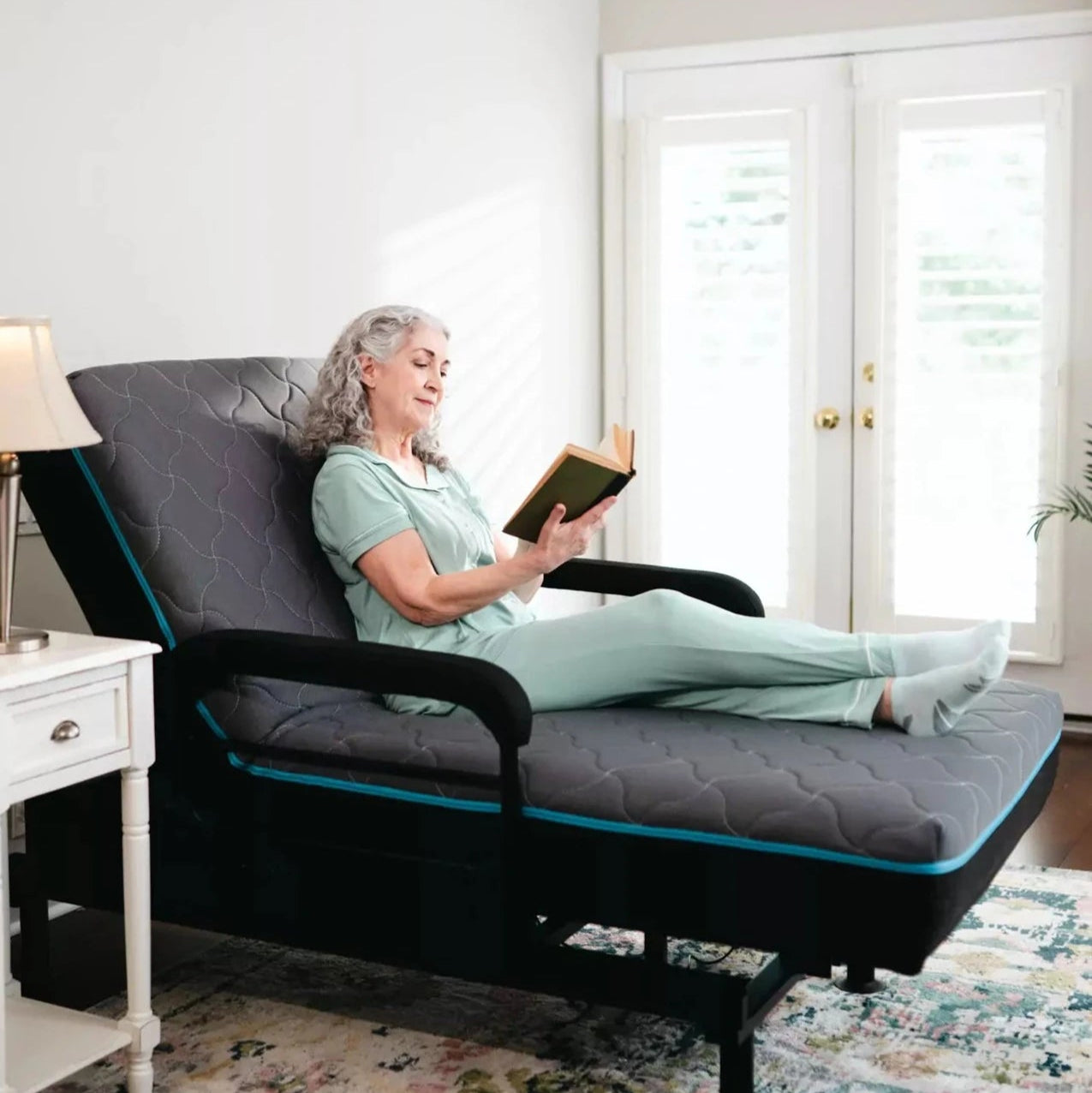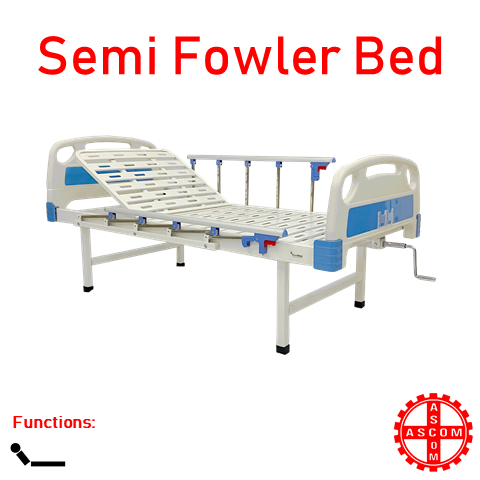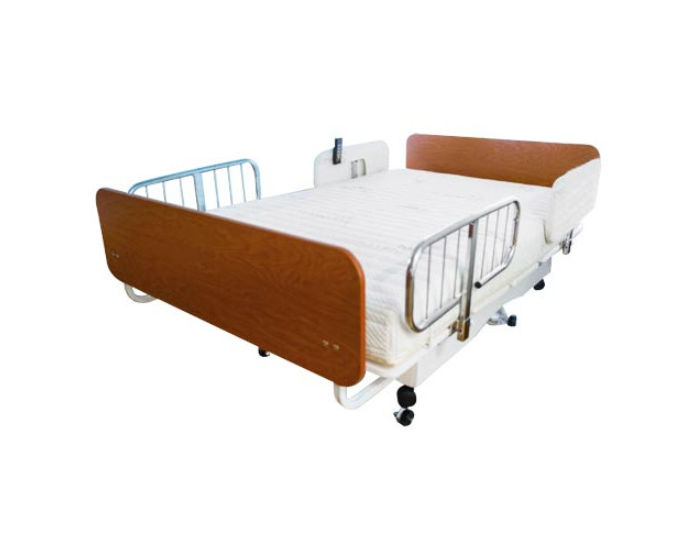Some Known Questions About Hospital Beds For Home Use.
Some Known Questions About Hospital Beds For Home Use.
Blog Article
Hospital Beds For Home Use for Beginners
Table of ContentsHospital Beds For Home Use Things To Know Before You BuySome Ideas on Hospital Beds For Home Use You Need To KnowHospital Beds For Home Use - An Overview6 Simple Techniques For Hospital Beds For Home UseGetting The Hospital Beds For Home Use To Work9 Simple Techniques For Hospital Beds For Home UseSome Known Factual Statements About Hospital Beds For Home Use
There are 3 major types of hospital beds: handbook, semi-electric, and fully-electric. These beds utilize hand cranks to change the bed's elevation and raise and reduce the head and the foot.
Semi-electric beds have an electric motor to elevate and decrease the head and foot portions of the bed. People and caregivers adjust the positioning by pressing buttons utilizing a hand pendant. The elevation of the bed is adjusted by hand with a hand crank. Full-electric beds have an electric motor that can increase the head and foot sections of the bed along with the whole elevation and positioning of the bed.
The 5-Minute Rule for Hospital Beds For Home Use
There are a number of types of hospital beds, each created to satisfy specific client requirements. Here are some common types: This is the most common type of hospital bed, created for general clinical use.
Lower to the ground than a conventional bed. This kind of bed is made for bigger patients, with a wider framework and higher weight capability than a common bed.
This kind of bed is designed for critically ill clients that call for open tracking and specialized clinical equipment such as ventilators and mixture pumps. This kind of bed is designed for use throughout labor and delivery, with flexible placements and attributes to sustain the mommy and child throughout the birth procedure.
Not known Details About Hospital Beds For Home Use
Several function and the devices do expanding grip to various parts of the vertebra and the extremities without relocating the body. These are simply a few instances of the kinds of health center beds offered. The particular type of bed made use of will rely on the individual's condition, clinical requirements, and other factors.
Below is the important things you require to know. A one-function hospital bed is a medical bed that allows an individual to move just the head or foot section up or down. A 2 feature medical facility bed usually describes a kind of medical bed that has two adjustable features to help individuals in healthcare facilities or care facilities.

Hospital Beds For Home Use Things To Know Before You Buy
A 7-function ICU bed is a sort of medical bed that supplies a number of flexible features to sustain seriously ill people in a critical care unit (ICU) (hospital beds for home use). The seven functions typically consist of: Backrest adjustment: The back-rest can be readjusted to different angles to help the individual sit up or relax conveniently
Height change: The bed can read be elevated or lowered to make it easier for patients to enter and out of bed, and for caregivers to give treatment. Trendelenburg setting: The entire bed can be slanted to promote blood flow and circulation in the body. Reverse Trendelenburg setting: The bed can likewise be tilted in the contrary direction to advertise blood circulation and circulation in the top body.
While even more affordable than electrical versions, these beds need exertion for adjustments. The main advantages of hand-operated beds are their affordability and integrity, as they do not depend on electricity. The demand for manual initiative can be a constraint in circumstances where quick changes are essential or where caregivers encounter physical difficulties.
Everything about Hospital Beds For Home Use
They are well-suited for people that call for minimal rearranging for convenience or clinical demands. Semi-electric medical facility beds supply an equilibrium of guidebook and electrical controls. The head and foot sections are normally adjusted with electric controls, while the elevation is adjusted manually. These beds give an ideal happy medium between handbook and completely electric alternatives, supplying convenience of usage without the complete price of electrical designs.
Semi-electric beds are well-suited for clients who require moderate changes to the head and foot areas however can manage without frequent height adjustments. This makes them a cost-efficient option for those seeking convenience and comfort without the requirement for constant repositioning. Completely electric healthcare facility beds include electrical controls for smooth adjustments to the height, head, and foot areas.
Specialized medical facility beds, such as ICU beds, lasting care beds, and bariatric beds, are meticulously designed to resolve certain medical advice demands. These beds provide customized look after diverse patient teams, improving both results and convenience. In the following sections, we will explore the primary sorts of specialized medical facility beds, detailing their certain benefits and applications.
With years of experience in making electrical direct actuators - hospital beds for home use and close collaboration with the health care sector, TiMOTION is well-positioned to provide reliable health care services. Our vertically incorporated firm handles every action of the production procedure, from design to actuator assembly, guaranteeing we supply outstanding value and customized remedies tailored to your details requirements
The 10-Minute Rule for Hospital Beds For Home Use

To find out more about incorporating these technologies right into your items, contact us today. Further reading:.
Information is sourced from the Medicare Price Record.

Things about Hospital Beds For Home Use
A web healthcare facility bed is a bed designed specifically for medical functions. It is not only a location for patients to rest, yet also a system for clinical procedures. Unlike ordinary home beds, health center beds usually have adjustable functions, which can facilitate medical staff to make numerous changes according to the needs of people, such as altering the height, disposition, and support angle of the back and legs of the bed.
Report this page